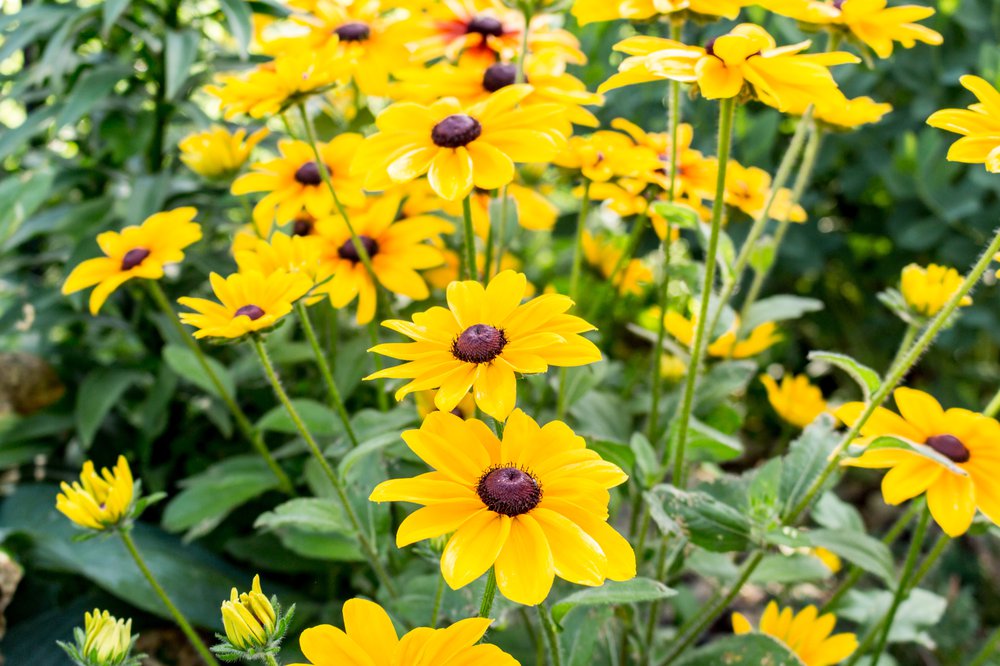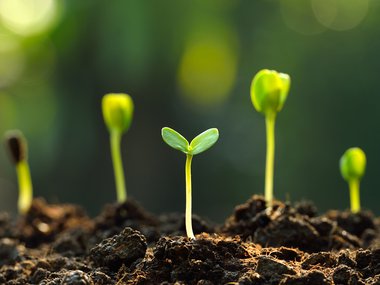Time-Traveling Plants?
Plants can time travel. Well, at least their babies can. Yes, you read that correctly. This isn’t the start to a sci-fi series; this is happening right here and right now.

Image credit: Getty Images
Think about it: a seed is really just a baby plant tightly swaddled by a protective coat, tucked away with all the energy it may need in its journey into the future. A seed might be a short-haul time traveler, like a dandelion seed, which can germinate almost instantly when conditions are right. On the opposite end, seeds can leap through millennia. The ancient fruit of a narrow-leafed campion protected enough living tissue for scientists to regenerate it after 30,000 years of slumber!
Regardless of where seeds may lie on this time-traveling continuum, they all make up what researchers call the soil seed bank. Think of this as a nursery for sleepy time-traveling babies, or like a reservoir from which all future plants will spring forth.

Image Credit: Getty Images
Soil seed banks reflect the history of plants that have survived in a landscape, and they can shape the future of what plants may grow there. Anyone who’s tried their hand at gardening knows that “weeds” can spring up seemingly out of nowhere, regardless of how much mulch is piled on top. Dormant seeds can also impact restoration efforts, such as when native seedlings repopulate an area that’s been treated for invasive species.
We can study the soil seed bank by taking small samples of soil, exposing them to optimal growing conditions and recording the species that germinate. Essentially, we can jump into a small slice of the ecological future and see what any given habitat might look like in a month, year or even century if all conditions remained the same.
To see what the soil seed bank can tell us about what’s here at the Science Museum, our horticulture team is doing a test. They collected samples from three different sites across campus, each with their own unique land-use histories.
- Soil from the ProtoPath might uncover a rich, diverse history of plants competing for survival along the now defunct rail line. The seeds that spring up from here have a potential to grow and thrive along the new greenway. They could paint the trail with welcomed wildflowers, or it could result in a negative outcome, with the plants invading the space of native trees that were installed recently.
- Because the area was formerly a parking lot, The Green has soil that was transported to the Science Museum campus. Since we don’t know its origins, we can only wonder what it's seed bank holds! It could be laced with weeds like Purple Crownvetch, which can overrun native plantings, giving the horticulture team some extra work.
- Soil from the east side of the Science Museum’s front lawn might reflect its long history of careful maintenance. But, the exciting part of this discovery process is you never know. Perhaps we’ll be surprised by a diverse seed bank hiding under the grass-dominated surface!
This soil seed bank test will run for several weeks. Once the results are in, the team will use the growth to inform their care and maintenance of various parts of the vast campus.
While waiting for the results is hard, the process is exciting knowing that each day we get to take a little peek further and further into the future!


